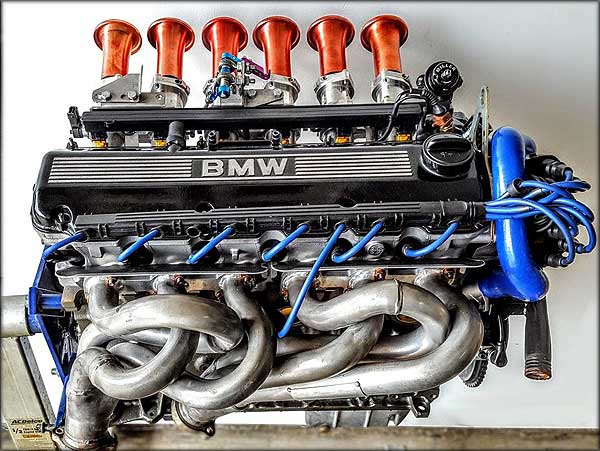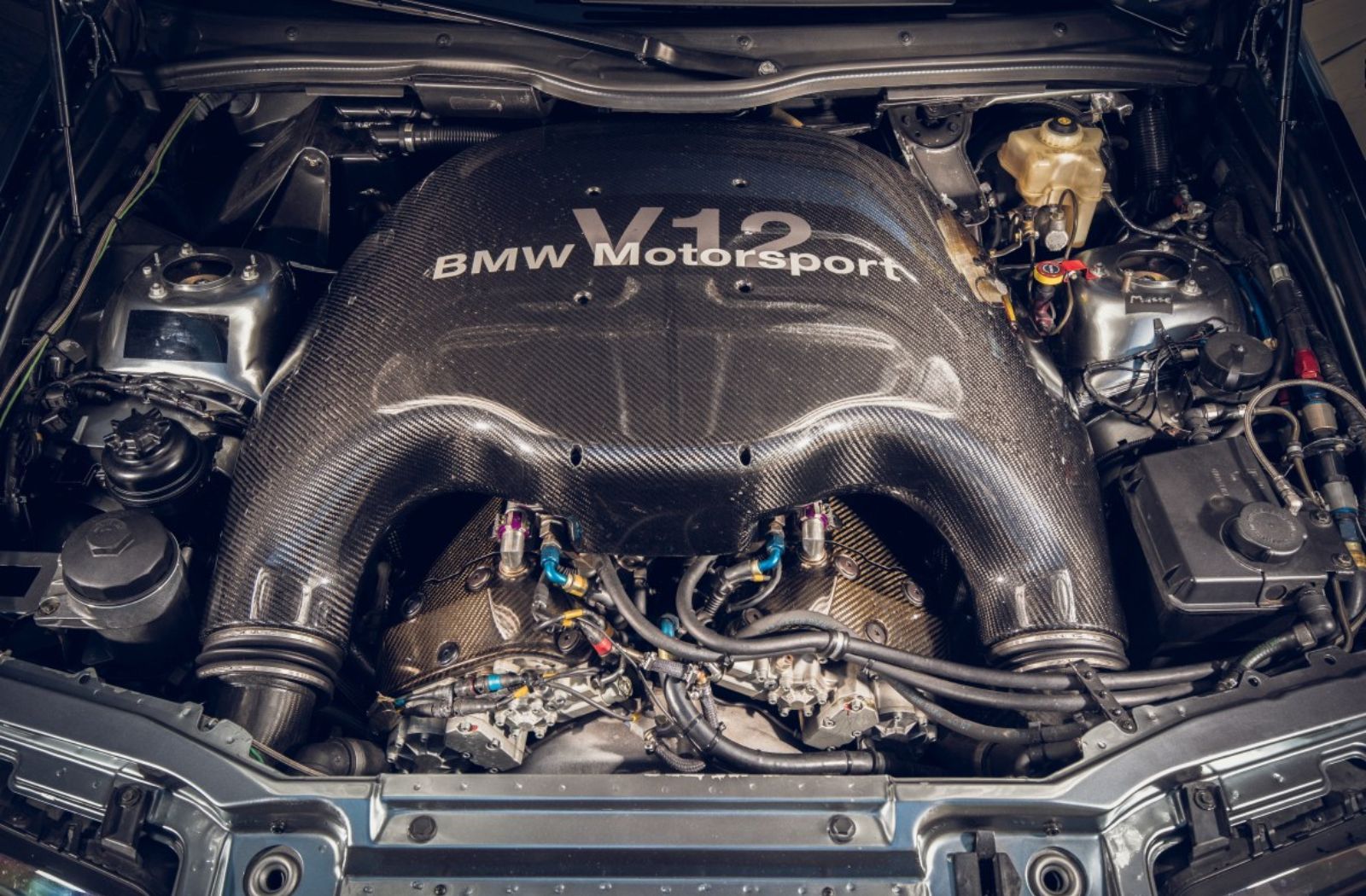Revealing the Tricks Behind the Power of the BMW Engine
Revealing the Tricks Behind the Power of the BMW Engine
Blog Article
Exploring the Development of Burning Engines in Modern Transport Solutions
As we browse the landscape of contemporary transportation, the development of burning engines stands as a testimony to human resourcefulness and engineering expertise. From their humble beginnings to the innovative powerhouses thrusting lorries today, burning engines have undertaken an exceptional journey of technology and adaptation. Comprehending the details of this evolution not only clarifies the past yet also leads the method for visualizing what exists ahead in the realm of transport innovation. The interplay of history, modern technology, and ecological problems fit the trajectory of burning engines develops a story that is both engaging and insightful.
Early Beginnings of Combustion Engines
How did the principle of combustion engines first arise in the early stages of transport development? The origins of burning engines can be mapped back to the 17th century when the concepts of internal combustion were initial checked out.
The innovation moment included the innovation of the very first effective gasoline-powered engine by Karl Benz in 1885 - bmw engine. This engine led the way for the growth of the modern auto, revolutionizing transportation systems worldwide. Subsequent technologies by Nikolaus Otto and Gottlieb Daimler even more fine-tuned combustion engine innovation, bring about the mass production of autos and the fast development of the transportation sector
These very early combustion engines were defined by their simplicity and effectiveness, laying the structure for the facility and effective engines utilized in modern transport systems. The evolution of burning engines has been instrumental fit the way we take a trip and transfer goods, noting a considerable milestone in the background of transport development.
Shift to Internal Burning Modern Technology
The change to inner burning technology noted a pivotal shift in the evolution of transportation systems. This change started in the late 19th century, with innovators like Nikolaus Otto and Gottlieb Daimler developing the first effective inner combustion engines. These engines changed transport by providing a more effective and efficient option to vapor engines and electric motors.
One of the crucial benefits of internal burning engines was their ability to be scaled down to fit into vehicles, causing the growth of autos and bikes. This change from large, fixed engines to small, mobile ones paved the method for the contemporary transport systems we see today.
The shift to interior burning modern technology additionally stimulated developments in fuel technology, leading to the growth of gasoline and diesel as key gas resources for cars. This change not only made transportation more obtainable to the masses but additionally laid the structure for the oil and gas sector to come to be indispensable to international economic climates.
Impact of Combustion Engines on Transportation
The adoption of burning engines in transportation systems catalyzed a profound shift in the efficiency and speed of global mobility. Burning engines transformed transportation by offering a dependable and functional resource of power for various automobiles, consisting of cars, trucks, ships, and aircrafts. This technology significantly boosted the ability for people and items to relocate over long distances in much shorter time frames, causing boosted connectivity in between regions and nations.
Moreover, the extensive usage of combustion engines has had a significant impact on financial advancement. The ability to deliver products successfully has actually spurred trade and business, permitting companies to increase their markets and get to customers worldwide. This has promoted economic development and globalization, as products can currently be transported much faster and in larger amounts than ever previously.
Nevertheless, the ecological impact of combustion engines can not be forgotten. The burning of nonrenewable fuel sources has caused air pollution and greenhouse gas discharges, adding to environment change Learn More Here and posturing wellness risks to populations. bmw engine. Therefore, there is an expanding focus on developing alternate propulsion technologies to minimize these unfavorable impacts and produce a much more sustainable future for transport
Technologies in Burning Engine Style
Many improvements in combustion engine layout have actually moved the development of transport systems over the decades. One significant technology is the advancement of turbocharged engines, which use exhaust gases to drive a wind turbine that compresses inbound air, permitting for even more gas to be burnt, resulting in increased power outcome without a substantial rise in engine size. Furthermore, straight injection modern technology has actually enhanced fuel effectiveness and performance by specifically managing the amount and timing of gas injected into the combustion chamber. Variable valve timing systems have actually additionally reinvented engine layout by enhancing airflow at various engine rates, boosting both power and performance. An additional significant innovation is the combination of lightweight products such as carbon fiber and aluminum alloys, minimizing overall engine weight and enhancing vehicle gas economy. Advancements in computer-aided design have enabled engineers to optimize engine performance and efficiency through simulations before physical prototypes are built, conserving time and sources in the growth procedure. These technologies jointly add to the continual enhancement of burning engines in contemporary transportation systems.
Future Patterns in Combustion Engine Advancement
With innovation innovations driving constant technology, the future of combustion engine advancement is positioned to revolutionize transportation systems around the world. One of the key patterns in burning engine development is the push in the direction of better efficiency and decreased exhausts.
An additional popular pattern is the fostering of crossbreed technologies in combustion engines. Hybrid engines integrate conventional burning modern technology with electric power, providing enhanced gas performance and reduced exhausts. As the automotive industry shifts in the direction of electrification, crossbreed burning engines are viewed as a transitional remedy that bridges the gap between conventional cars and completely electric ones.
Additionally, the assimilation of clever modern technologies, such as artificial intelligence and data analytics, is anticipated to play a significant role in the future of burning engine growth. These modern technologies can optimize engine efficiency in real-time, bring about more reliable burning procedures and boosted general automobile performance. Accepting these future trends will not just drive technology in burning engine advancement however likewise add to a more lasting and eco-friendly transport environment.

Final Thought
In verdict, the advancement of burning engines in modern-day transport systems has actually been marked by considerable improvements in innovation and style. From the early beginnings of burning engines to the change to inner burning More hints innovation, these engines have actually had a profound influence on transportation. Innovations in burning engine layout proceed to drive development in this field, with future fads concentrating on additional enhancing efficiency and reducing exhausts. The future of burning engines in transportation looks promising as research and growth efforts remain to press limits.
The origins of combustion engines can be mapped back to the 17th century when the principles of inner combustion were first discovered. These engines transformed transport by using a more efficient and effective additional resources option to steam engines and electric motors.

Report this page